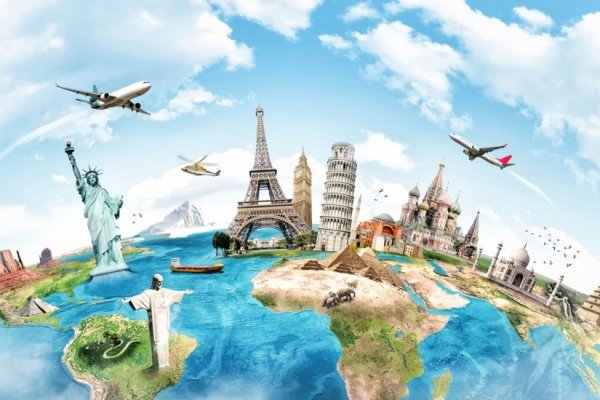Introduction
Tourism is the act of traveling to and staying in a place for pleasure or business. It is a major economic activity, generating billions of dollars in revenue each year. Tourism can be divided into two main types: domestic tourism, which occurs within a country’s borders, and international tourism, which involves travel between countries.
The History of Tourism
Tourism has been around for centuries, but it really began to take off in the 19th century. This was due to a number of factors, including the Industrial Revolution, which led to increased leisure time and disposable income for people in developed countries. The invention of the steamship and the railroad also made it easier and faster to travel long distances.
The Importance of Tourism
Tourism is a major economic activity for many countries. It can generate billions of dollars in revenue each year, and it can also create jobs in the tourism industry. Tourism can also help to promote cultural understanding and tolerance between different countries.
Types of Tourism
There are many different types of tourism, including:
- Cultural tourism: This type of tourism involves visiting places of historical or cultural interest.
- Adventure tourism: This type of tourism involves activities such as hiking, skiing, and whitewater rafting.
- Ecotourism: This type of tourism involves traveling to natural areas to learn about and experience the environment.
- Religious tourism: This type of tourism involves visiting places of religious significance.
- Medical tourism: This type of tourism involves traveling to other countries to receive medical treatment.
The Impact of Tourism
Tourism can have a positive impact on a country’s economy, but it can also have negative impacts. Some of the positive impacts of tourism include:
- Increased revenue: Tourism can generate billions of dollars in revenue for a country.
- Job creation: The tourism industry can create jobs in a variety of sectors, such as transportation, hospitality, and retail.
- Cultural exchange: Tourism can help to promote cultural understanding and tolerance between different countries.
Some of the negative impacts of tourism include:
- Environmental degradation: Tourism can put a strain on natural resources and contribute to environmental degradation.
- Overcrowding: Tourism can lead to overcrowding in popular destinations, which can damage the environment and make it difficult for locals to live and work.
- Cultural appropriation: Tourism can lead to cultural appropriation, which is the adoption of elements of a minority culture by members of a dominant culture.
Sustainable Tourism
Sustainable tourism is a type of tourism that aims to minimize the negative impacts of tourism and maximize the positive impacts. Sustainable tourism can be achieved by:
- Planning for sustainable tourism: Governments and tourism businesses should plan for sustainable tourism by taking into account the environmental, social, and economic impacts of tourism.
- Managing tourism resources: Tourism resources, such as natural areas and cultural sites, should be managed in a sustainable way.
- Educating tourists: Tourists should be educated about the importance of sustainability and how they can help to reduce the negative impacts of tourism.
Additional Information
- The World Tourism Organization (UNWTO) is the United Nations agency responsible for the promotion of responsible, sustainable and universally accessible tourism.
- The Global Sustainable Tourism Council (GSTC) is a non-profit organization that sets global standards for sustainable tourism.
- The International Ecotourism Society (TIES) is a non-profit organization that promotes responsible ecotourism.
I hope this essay has given you a better understanding of tourism. If you have any questions, please feel free to ask.
Conclusion
Tourism is a major economic activity that can have both positive and negative impacts. It is important to plan for sustainable tourism in order to minimize the negative impacts and maximize the positive impacts.







